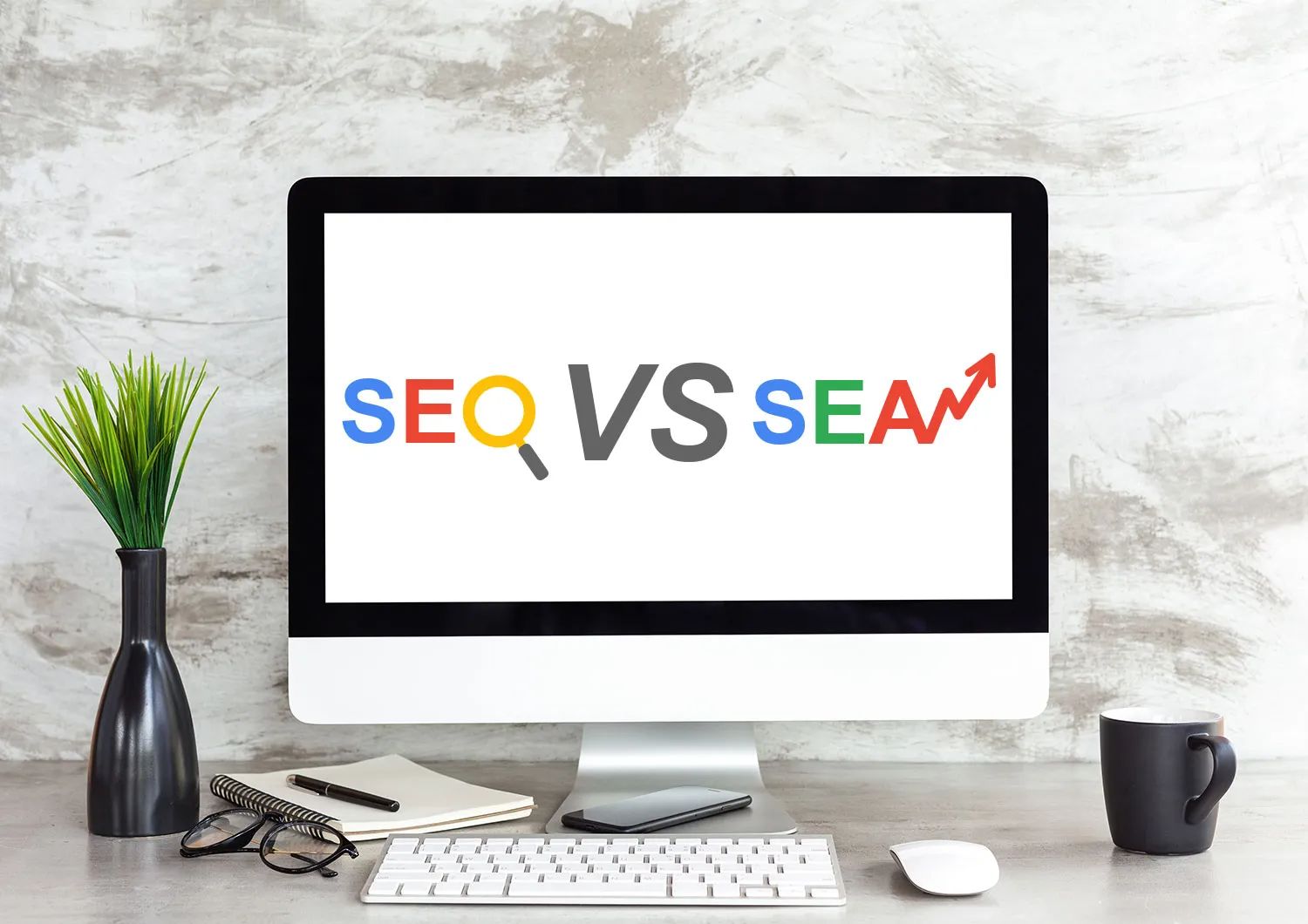Notifications

6 minutes, 57 seconds
-24 Views 0 Comments 0 Likes 0 Reviews

In the vast digital landscape, simply relying on one marketing approach can limit your online presence. Combining Search Engine Optimization (SEO) and Search Engine Advertising (SEA) creates a powerful synergy that can propel your brand to new heights of visibility and engagement. When thoughtfully integrated, these strategies can complement each other, driving both immediate traffic through paid ads and sustainable growth via organic search. The art of blending SEO and SEA involves understanding their unique advantages and crafting a cohesive approach that maximizes reach, relevance, and return on investment.
Before merging these strategies, it’s important to recognize their individual strengths. SEO is a long-term game that builds authority, trust, and high rankings through organic content, backlinks, and site optimization. It offers cost-effective, sustainable traffic and helps establish your brand’s credibility over time. SEA, on the other hand, provides rapid exposure and precise targeting. Paid search ads can appear instantly at the top of search results for valuable keywords, making it an excellent tool for quick campaigns, product launches, or seasonal promotions. By understanding these distinctions, marketers can design campaigns that leverage SEA's speed and SEO's durability in tandem, creating a balanced approach that adapts to evolving goals.
A key step in blending SEO and SEA is developing a unified keyword strategy that benefits both channels. Conduct comprehensive keyword research to identify high-value terms relevant to your business, considering factors like search volume, competition, and buyer intent. These keywords will inform your SEO content planning and serve as the foundation for ad campaigns. Incorporate core keywords naturally within your website content, while also using them in your paid ads to ensure messaging consistency. This approach ensures your organic and paid efforts are aligned, making it easier to monitor performance, optimize bidding strategies, and develop content resources that support both channels.
Content plays a vital role in supporting both SEO and SEA. High-quality, targeted content can be optimized for organic rankings and serve as landing pages or assets for paid campaigns. Informative blog posts, comprehensive guides, or product pages tailored around your main keywords can rank organically, while also providing relevant, persuasive content for your ads. When creating content, focus on user intent and experience — ensuring visitors find value and engaging information. Well-coded landing pages that match your ad messaging increase conversions and improve Quality Scores in paid campaigns, making your advertising more cost-effective while securing long-term organic growth.
To maximize the benefits of blending SEO and SEA, synchronization is crucial. Allocate your budget wisely, investing in paid ads for quick wins during peak times, while consistently producing SEO-optimized content that gradually gains ranking authority. Coordinate your campaign timing so that your paid ads support your ongoing SEO efforts, such as launching a new product or seasonal promotion while your organic rankings are still developing. Regularly analyze performance data from both channels to adjust your budget and campaign focus, ensuring that your paid efforts fill gaps where organic results are lagging, while your SEO efforts build momentum for sustained visibility.
A blended approach must be continually monitored and refined based on performance metrics. Use analytics tools to track click-through rates, conversions, bounce rates, and keyword rankings across both organic and paid channels. Look for opportunities where paid ads can boost organic visibility—such as running paid campaigns for keywords that are moving up the rankings or targeting competitors’ branded terms. Conversely, identify high-performing organic keywords that can be reinforced with targeted ads. Regularly adjusting your messaging, keywords, and bids based on real-time data helps you remain agile, ensuring your combined efforts are always optimized for maximum visibility and ROI.
Finally, blending SEO and SEA offers an opportunity to create a unified, powerful brand presence across search results. Consistent messaging, branding, and call-to-action across both channels reinforce your brand’s identity and voice. When users see the same messaging in organic listings and paid ads, it builds trust and recognition, increasing the likelihood of engagement. Use your ad copy to complement your content, and vice versa, creating a seamless experience for your audience. This cohesion enhances your credibility and can lead to improved conversion rates, as users perceive your brand as authoritative and reliable—traits that are essential for long-term success.
Blending SEO and SEA isn’t just about maximizing immediate visibility; it’s about creating a sustainable, integrated marketing strategy that adapts to changing trends and consumer behaviors. When these channels work harmoniously, they amplify each other’s strengths, reduce costs, and improve overall campaign performance. Investing in both organic and paid search efforts provides a comprehensive coverage of search engine real estate, ensuring your brand maintains a dominant presence regardless of algorithm updates or market fluctuations.

